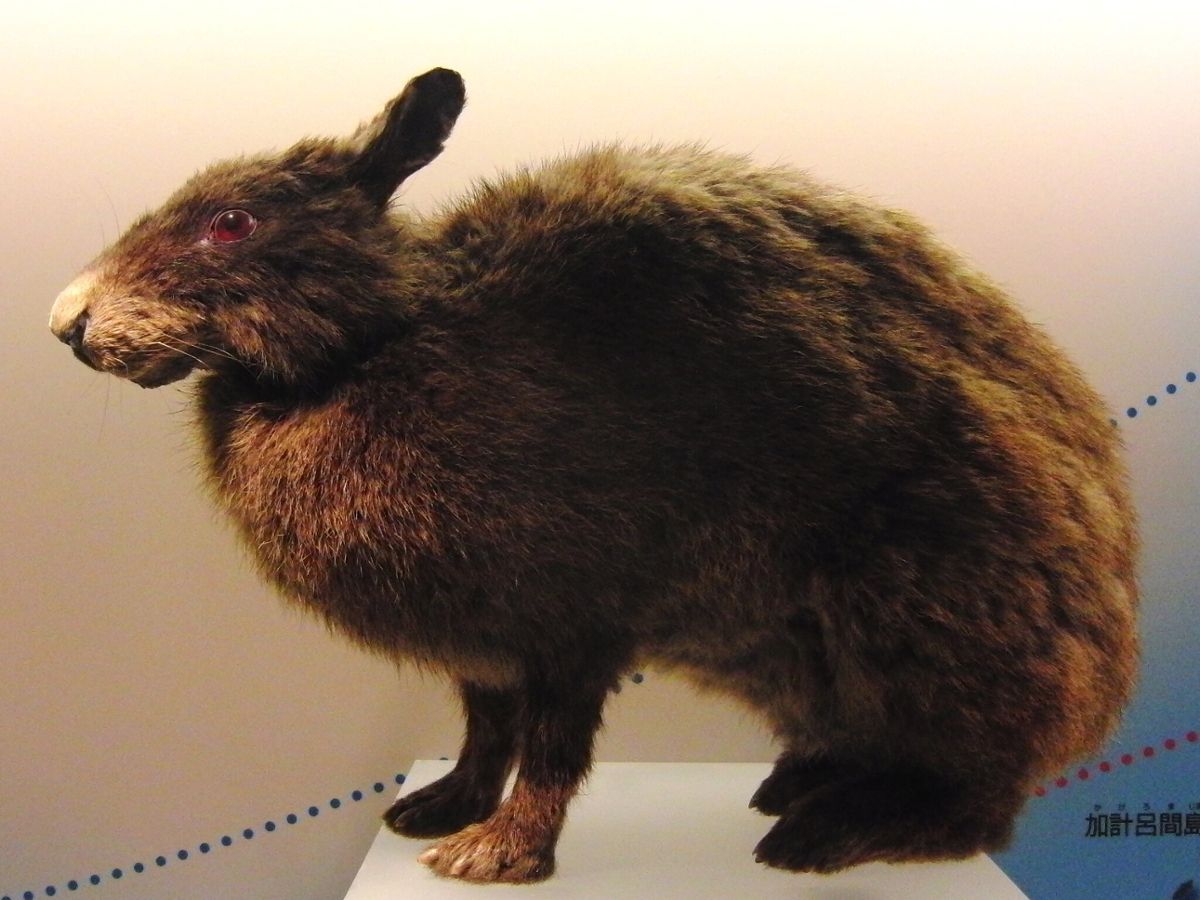Are you in the mood for a midnight snack? You’re in luck: I’ve got some Balanophora yuwanensis on hand.
You’d prefer a slice of cold pizza? Unfortunately, this strange little fruit is all I have. At first glance, you might mistake it for an upside-down strawberry on a thick red stem, nestled in clumps at the base of trees. Without leaves, it’s unable to photosynthesize, meaning it parasitically sucks up nutrients from tree roots.
Ok, maybe that’s not the most appetizing description. But you’d be thrilled if you were an Amami rabbit! These rare dark-furred bunnies live on the Amami islands off the coast of Japan. Nocturnal, they sleep in their burrows during the day, foraging for food in the dark of night. Only they don’t wear their pajamas and peer into an empty fridge, like we humans do.
For some time researchers thought that the islands’ B. yuwanensis relied on the wind to spread its tiny, dry seeds. Then they noticed that the fruit had been gnawed upon, and not by the birds that occasionally took a bite. The surprise midnight snacker turned out to be the Amami rabbit.
Why such a surprise? It’s highly unusual for a mammal to feast on a parasitic plant. But B. yuwanensis thrives on this partnership: the Amami rabbit burrows, and therefore deposits digested seeds, at the base of trees—exactly where B. yuwanensis needs to grow.
It’s a great example of an interspecies relationship in an ecosystem. Are you sure you don’t want some of the fruit? No? Well, to each his own: B. yuwanensis for the Amami rabbit, and cold pizza for us.










